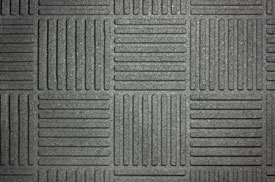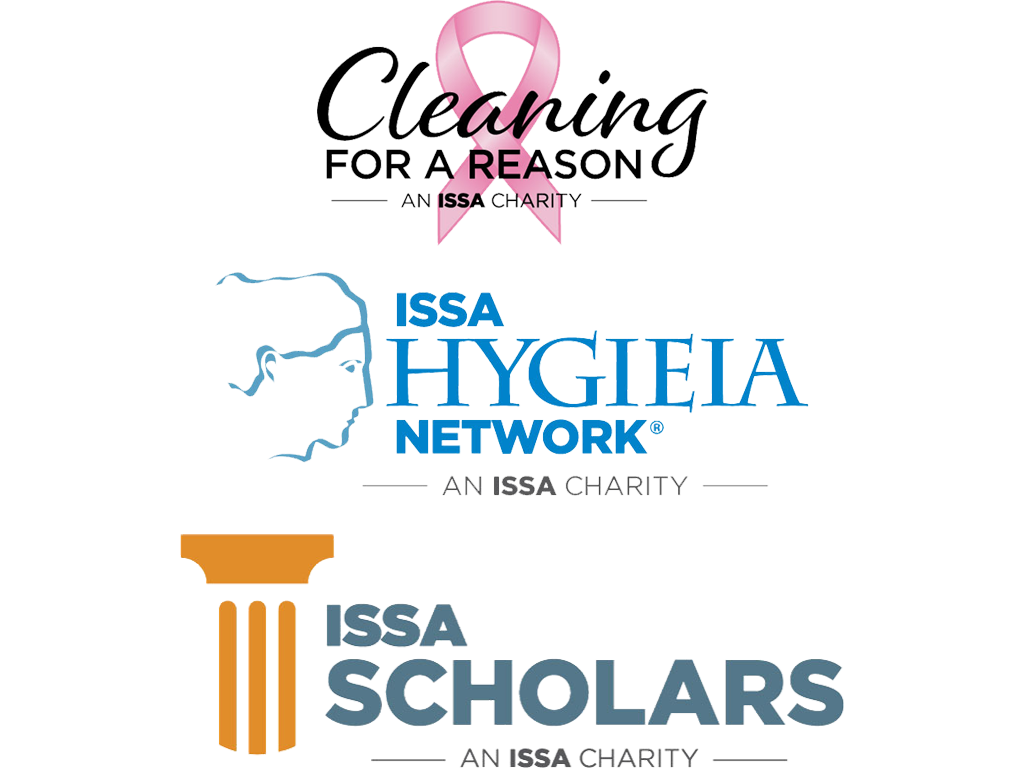Articles
Ten Things You Should Tell Your Clients About Mats
Categories: Cleaning Applications, Innovations, Trends & Technology
By Adam Strizzi | September 30, 2015 << Back to Articles
Accessible by: anyone
High-performance mats play a far more powerful role in keeping facilities clean, healthy, and safe than most facility managers realize. So it is our job, as cleaning professionals, to make our clients familiar with all the benefits of floor mats.
But first, a clarification: the types of mats discussed in this article are called high-performance mats. Not all mats qualify as high-performance; true high-performance mats are invariably purchased by a facility, not rented. They are called high-performance for two key reasons: They are more effective and they last longer.
With that said, all cleaning professionals should know—and convey to their customers—the following 10 things about mats:
-
- Mats can help keep facilities green. In order for a facility to even be considered for the U.S. Green Building Council’s Leadership in Energy and Environmental Design (LEED) certification, it has to have an effective, high-performance matting system in place.
- When installing mats, make sure they actually touch the entry door. And if two or more mats are installed together, these mats should be touching as well. Installing the mats this way ensures that they keep soil and moisture outside, and if two or more mats are installed, they work together as a system to remove contaminants from shoe bottoms.
- There are three types of mats used at building entries: scrapers, which are placed outside; wiper/scrapers, which are placed directly inside a facility; and wipers, a facility’s last line of defense. The three are partners, working together to help remove soils and keep facilities clean.
- In the mat world, we often refer to the “Rule of 15s.” Very simply, this means five feet of scraper, five feet of wiper/scraper, and five feet of wiper mats should be installed at all entries.
- High-performance mats are typically heavier than a rental mat. This is because a rental mat is often designed to be rolled, folded, washed frequently, and transported from location to location.
- Help your customers by performing a floor audit. An audit is designed to suggest where a mat should be installed along with what type of mat to select. There are actually several types of mats ranging from entry mats to antimicrobial mats, so you may have to do a little research.
- Mats should be vacuumed regularly, and when they become soiled, they should be cleaned using the extraction method. Carpet extractors pull soils from the mat fibers, completely removing them from the mat.
- When storing mats, the first thing your customers will think is they should be rolled up. That is actually the worst way to store a mat. Rolling up the mat weakens the backing and can result in curling. Always store the mat flat. If dry and clean, one mat can be stored over another mat.
- Recommend that your clients install logo mats. A logo mat welcomes staff and visitors to the building.
- Finally, recommend that your clients install interior mats and place them in long hallways, at elevators, at the tops and bottoms of stairways, and elsewhere throughout the facility. It will make your job a lot easier and can help keep your customer’s facility cleaner. Interior mats can capture soils inside the building and prevent them from being transported around, waiting for you to remove them.
- Mats can help keep facilities green. In order for a facility to even be considered for the U.S. Green Building Council’s Leadership in Energy and Environmental Design (LEED) certification, it has to have an effective, high-performance matting system in place.
About the Author.
Adam Strizzi is marketing manager for Crown Matting Technologies. He can be reached thru his company website, www.crownmats.com.


